Reviews and recommendations are unbiased and products are independently selected. Postmedia may earn an affiliate commission from purchases made through links on this page.
Anthony Gismondi: Imported wine could be on its last legs in B.C.

Anthony Gismondi offers up some of his favourite bargain import red wines
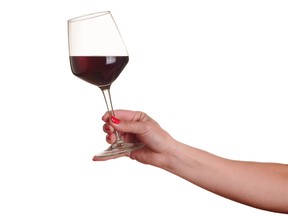
Article content
Our annual Labour Day column on workhorse reds was delayed by the BCGEU job action last month. With so many empty shelves, especially in private wine shops and no way to know when they might get filled again, I decided to hold off till mid-month.
Advertisement 2
Article content
The union members are back at work, a settlement to be voted on, but unfortunately, the damage has been done. Private wine stores and restaurants, in particular, have once again been hung out to dry. Given the fragility of supply chains and the government’s inability to ship anything out of their warehouse quickly, the fall season is off to a disastrous start for the hospitality business.
Article content
If the COVID-19 pandemic has taught us anything, nothing is normal anymore. You can only pivot so much before you choose to do something different, and from this seat, selling imported wine in B.C. may be another unintended casualty of the pandemic. It may seem highly unlikely to some, but in an alcohol market pummeled by taxes, red tape and obfuscation, what incentive is there for foreigners to want to do business in B.C.
Advertisement 3
Article content
I always thought it was odd and boring that no significant foreign wines were sold in Italy, France, Spain, Chile, Argentina, Australia and many other wine-producing countries. Could it be only a matter of time before imported wine disappears from the B.C. market, save for the same few global brands that sell everywhere?
I guess I’m saying we shouldn’t take imported wine for granted. If the monopoly continues to put up constant roadblocks to hinder its arrival into the market and onto shelves, producers will soon decide it doesn’t make much business sense to be in B.C. if they aren’t here already.
In the meantime, here are some highly recommended bargain import red wines lurking in warehouses and containers that will hopefully be on a shelf near you sometime this fall. You may want to save this list because of the variability of shipments over the next month. I have selected a particular favourite, but please keep in mind the wine type in case you need to look for a different label should it be unavailable in your neighbourhood.
Advertisement 4
Article content
• Castaño Lujuria, Yecla, Valencia and Murcia, Spain ($11.99). Juicy, smoky, peppery, spicy, black plum flavours with freshness.
• La Vieille Ferme Côtes du Ventoux Rouge, Rhone Valley, France ($13.99). Here’s a barbecue red that turns heads. Fresh and juicy, with light tannins, it is a grilled beef slayer — and it is under screw cap.
• Fat Bastard Shiraz, Languedoc, France ($14.49). Not quite as fat as its name, this white pepper, earthy roasted meat and black fruit flavoured red was made for fall dishes. Ribs anyone?
• Morandé Estate Pinot Noir Reserva, Valle de Casablanca, Chile ($12.99). Casablanca is an excellent Pot Noir, full of red fruits, black tea and forest floor. Serve with a favourite Asian noodle dish.
Advertisement 5
Article content
• Paul Mas Grenache Noir, Sud de France ($15.99). The Garrigue of southern France mixes with raspberry, black cherry, and brown spices that warm the finish. Serve with barbecue meats or roasted vegetables.
• Louis Bernard Côtes du Rhône, Rhone Valley, France ($16.99). Dry, fresh and elegant with black raspberry, savoury, gamy, licorice flavours.
OK, that’s a start for the fall. Let’s hope the monopoly decides to show some leadership and pride and fixes the back of the house sooner than later.
Weekend wine picks
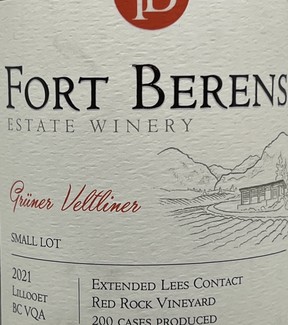
Fort Berens Small Lot Grüner Veltliner 2021, Lillooet, British Columbia, Canada
$19.99 I 89/100
UPC: 626990451044
The Fort Berens GV is grown on Red Rock Vineyard in Lillooet estate. It gets nine hours of skin contact during a cold fermentation and five months of lees contact post ferment in stainless steel. How good is this wine? Very good and Gruner fresh, lean, mineral, green, and zesty. Why would you grow anything else? OK, a bit of an exaggeration, but this kind of wine would be embraced in B.C. restaurants, given how food-friendly it is, plus authentically local. Buy it while you can because my experience suggests this will be $40 before you know it.
Advertisement 6
Article content
![Blue Grouse Estate Ortega 2021, Cowichan Valley, Vancouver Island, British Columbia, Canada. For Anthony Gismondi column on Sept. 17, 2022. [PNG Merlin Archive]](https://smartcdn.gprod.postmedia.digital/vancouversun/wp-content/uploads/2022/09/bluegrouseortrega21_1_272470996-s.jpg?quality=90&strip=all&w=288)
Blue Grouse Estate Ortega 2021, Cowichan Valley, Vancouver Island, British Columbia, Canada
$25.99 I 90/100
UPC: 696852013673
Ortega, a cross between Ssiegerrebe and Müller-Thurgau and part of the historic Becker Project, has long been a B.C. Wine Islands success story. Almost all organic, it spends four months in a tank and half of that on its lees. The attack is dry and island crisp with plenty of green apple aromas and flavours streaked with tangerine and citrus notes. The marine saline chalk notes take it to another level even the Germans have trouble reaching. Any west coast shellfish dish, or a medium-aged piece of cheese, would be in order here.
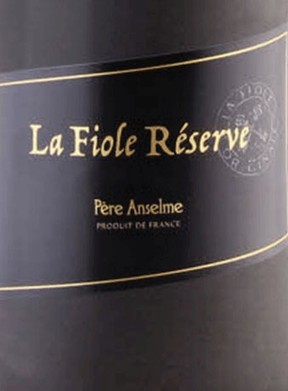
Père Anselme La Fiole Réserve Côtes du Rhône Villages 2019, Rhone Valley, France
Advertisement 7
Article content
$29.99 I 88/100
UPC: 03217661016593
The unique twisted bottle used by La Fiole was designed and made with the co-operation of local Provençal glass and ceramic artisans in 1952. Its shape represents the gnarled, twisted vines typical of the region due to the constant struggle to grow against the Mistral wind. La Fiole Reserve is matured in traditional 100-year-old large oak barrels and concrete vats for 12 months, plus several more months in bottles. A strict selection of Grenache and Syrah leads to an intense Reserve version of this Côtes du Rhône. Look for deep colour, black and red fruit that comes with sturdy tannins, cocoa, and licorice. There is plenty of acid, so there is no rush to drink. For those in a hurry, think lamb chops or a pork roast to assimilate all the edges. Fair value.
Advertisement 8
Article content
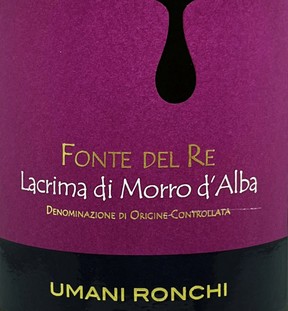
Umani Ronchi Fonte Del Re Lacrima Di Morro D’Alba 2019, Alba, Cuneo, Piedmont, Italy
$27.99 I 90/100
UPC: 8032853725016
Lacrima is an ancient indigenous grape variety saved from extinction that is grown in a tiny area around Morro d’Alba in the Marche hills, 15 kilometres from the Adriatic Sea. The wine opens with peppery, floral, pine sap and dark plum mixed with strong savoury scents. It is Gamay fresh on the palate with more spicy, plummy, floral fruit flecked with garrigue-dried herbs and soft round tannins. Before serving, we suggest a slight chill to supercharge this wine in your glass. The Lacrima moniker refers to the teardrop which weeps from the cluster when the grapes are fully ripe.
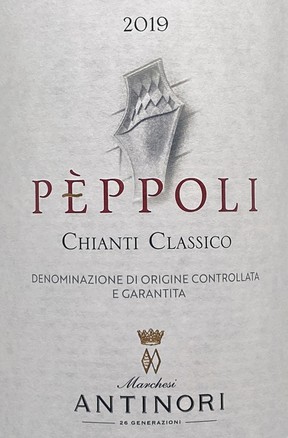
Antinori Pèppoli Chianti Classico 2019, Tuscany, Italy
Advertisement 9
Article content
$26.99 I 90/100
UPC: 8001935294504
Peppoli grows in the heart of Chianti Classico on a 50-hectare site planted to most of the typical grapes in Chianti. It is a terrific ragu wine, but the Tuscans often pair it with a classic regional bean soup. Look for a lightish red colour and a floral, aromatic nose of cherries and raspberries. The palate is bright with more earthy, cedary, spicy red flavours that call for food — an impressive bottle of real wine authentic to form at a fair price.
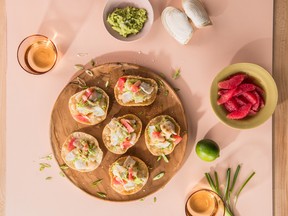
Wine match recipe: Geoduck nachos with avocado and grapefruit vinaigrette
From the colourful — and flavourful — cookbook Lure by Naramata Inn Chef Ned Bell and Valerie Howes, this take on classic nachos sees geoduck clams added in to the mix. Served atop “crispy baked-won ton nachos” and topped with fresh avocado and a tart grapefruit vinaigrette, it’s sure to be an “exciting appetizer.”
Advertisement 10
Article content
Grapefruit vinaigrette
Zest and juice of 1/2 grapefruit
2 tsp (10 mL) Dijon mustard
1/2 tsp (2.5 mL) sea salt
1/2 cup (125 mL) canola oil
Combine the grapefruit zest and juice, mustard, and salt in a small bowl. While whisking, slowly drizzle the oil in a thin steady stream until incorporated and the mixture is emulsified. Adjust seasoning to taste. (Alternatively, you can do this with an immersion blender or in a blender or small food processor.) Can be made ahead of time. Will keep refrigerated for up to two weeks (although the grapefruit flavour will start to weaken after a few days).
Geoduck nachos
24 round gyoza or won ton wrappers (about one 10 oz package; see Note)
1 (1 1/2 lb) live geoduck
2 ripe avocados
2 tbsp. (30 mL) lemon juice (about 1 lemon)
Advertisement 11
Article content
1 tbsp. (15 mL) extra-virgin olive oil
Sea salt and coarsely ground black pepper
1 ruby red grapefruit, segmented
Lime zest, for garnish
2 scallions, chopped, for garnish
Preheat the oven to 325 F. Line two baking sheets with parchment paper. Spread the won ton skins on the baking sheets, and bake for 15 minutes or until golden brown. Set aside to cool.
Meanwhile, to prepare the geoduck, bring a large pot of water to a boil. Place a bowl of ice water nearby. The clam’s shell will be slightly open. Slice between the shell and the meat on both sides to separate the adductor muscle from the shell and allow it to open. Open the shell, pull out the meat, and cut off the siphon tube. Reserve the body meat for another use (it’s delicious finely diced and sautéed in butter for just a few seconds), but discard the sack hanging from it. Add the tube to the boiling water and cook for 1 to 2 minutes. Transfer the tube to a bowl of ice-cold water to stop the cooking. Peel off the skin. Halve the tube lengthwise and thinly slice.
Advertisement 12
Article content
Cut the avocados in half lengthwise and remove the pit. Scoop the flesh into a medium bowl. Using a fork, coarsely mash the avocado with the lemon juice and olive oil. Season with salt and pepper to taste. When ready to serve, slice the grapefruit segments crosswise into thirds. Spoon a little of the avocado mixture into each won ton crisp, add 2 slices of geoduck, and then drizzle with the vinaigrette. Garnish with lime zest and scallions.
Chef’s note: Won ton wrappers come square or round, and some are thinner than others, so a 10-ounce package might have 30 or it might have 50. It all depends on the brand. They also go by many different names — won ton skins, gyoza wrappers, pot sticker skins, you get the idea. For this recipe, just about brand will do, although I prefer round shapes. If you can only find square, cut them in half diagonally to make triangles.
Advertisement 13
Article content
Serves four to six.
Recipe match
Geoduck nachos with avocado and a grapefruit vinaigrette. The vinaigrette demonstrates the need for a citrus-flavoured white wine to bring the same flavour to the dish.
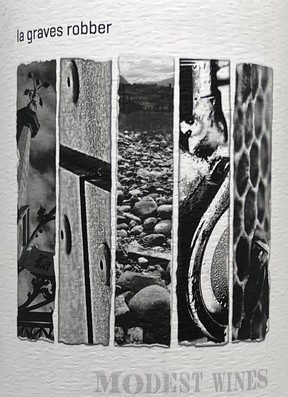
Modest Wines La Graves Robber Sauvignon Blanc / Sémillon 2021, Okanagan Valley, British Columbia, Canada $27.99
With no wood in sight, expect fresh, crisp white flexing gooseberry, lemon grass, and passion fruit with a citrus, grapefruit undercurrent.
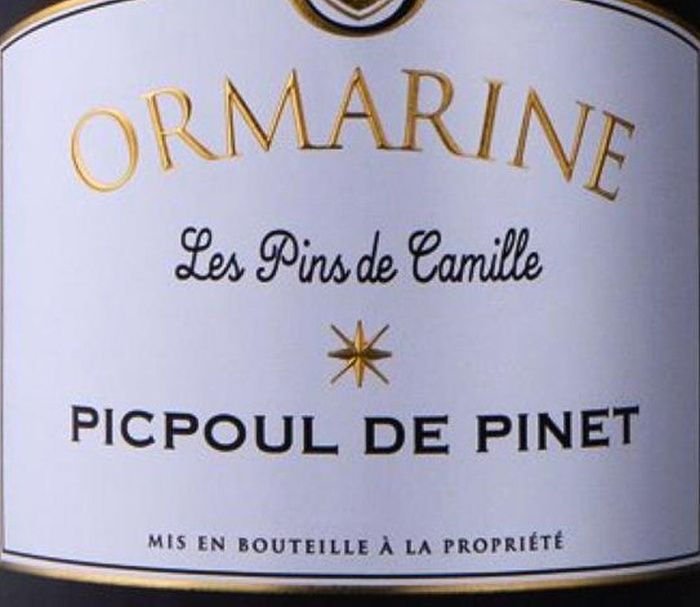
Ormarine Picpoul de Pinet Les Pins De Camille 2019, Coteaux du Languedoc, Languedoc, France $17.99
White peach, pear, greengage, and lemon verbena along a slim, yeasty palate will supercharge this dish.
Source: vancouversun.com


